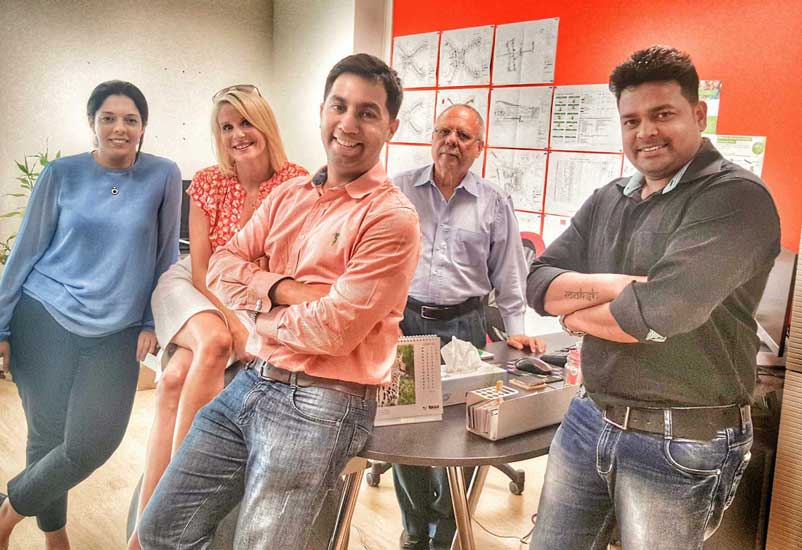“At Rüya, we discussed a lot, whether people should sit at the kitchen. Obviously Rüya is quite a large restaurant. We had a lot of conversations with Colin Clague [executive chef of Rüya] about this. If we had people sitting at the counter, serving out would have been quite challenging,”
Norden explained.
Interestingly what the GCC region (if not cities such as Beirut in the wider Middle East) largely lack is this level of independent restaurant scene that Norden describes in Berlin and London. As such, this level of kitchen and dining area integration is perhaps still a long way off from reaching the region.

| Advertisement |
In fact, according to Thomas Klein International principal & managing director Daniel During, who spoke recently at The Hotel Show Dubai’s Vision Conference series, if anything, kitchens in Dubai, are getting bigger.
This is within, as During termed it, Dubai’s “independent” dining scene. “There is a trend towards bigger kitchens in independent restaurants in Dubai. I think people are realising that if you want to produce a Mercedes, the factory is bigger than the show room,” During told the forum.
Even so, keeping Norden’s analysis in mind, and taking the open kitchen trend out of the equation, what is growing in the region is a blurring of the boundaries between what is traditionally back-of-house space, and front-of-house space. It is something evident in the design of Rüya, where back-of-house equipment has been brought into the dining space as a focal feature.
“We have the open kitchen, but it is not in the middle of the room. On one side [of the dining room] we’ve got a bread oven, and on the other side is an open grill,” Norden said.
“The idea is, when you are walking in from either of the entrances, you immediately see food being prepared. For Urmut Ozkanca [founder and creator of Rüya], the restaurant is really all about the food, and engaging people with the food. At one point we were actually going to have a number of stations in the restaurant, where food is being prepared, but we then decided that keeping it all together works better. The chefs prefer it, and otherwise it becomes a bit buffet-like,” she told us.
Article continues on the next page









 Search our database of more than 2,700 industry companies
Search our database of more than 2,700 industry companies









